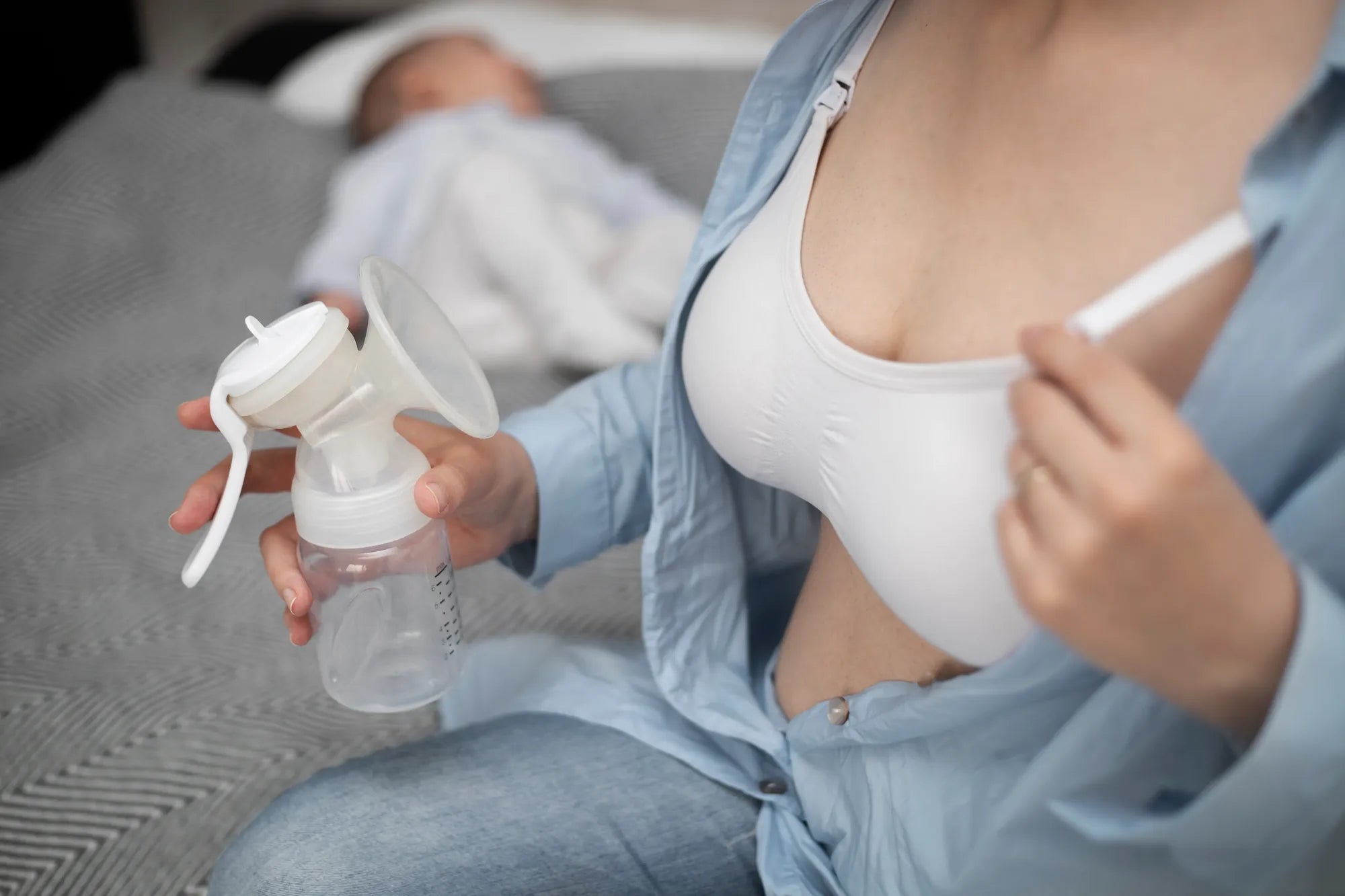Home
Pregnancy, Breastfeeding, and Pumping: The Ultimate Guide for Moms
Can Breast Pumping Cause Mastitis? Exploring the Facts

Can Breast Pumping Cause Mastitis? Exploring the Facts
Breast pumping is a widely used method for mothers who want to provide breast milk for their babies but may not always be able to breastfeed directly. While it offers convenience and flexibility, many mothers wonder if breast pumping can cause mastitis. Mastitis, a painful inflammation of the breast tissue, is a condition that can disrupt breastfeeding and cause significant discomfort. Understanding the connection between breast pumping and mastitis is essential for mothers who want to ensure their breastfeeding journey is as smooth as possible.
What Is Mastitis?
Mastitis is an inflammation of the breast tissue that can occur in breastfeeding mothers. It is often caused by a blocked milk duct or bacterial infection. Symptoms include breast pain, swelling, redness, and flu-like symptoms such as fever and chills. While mastitis can occur in any breastfeeding mother, certain factors, such as improper breastfeeding techniques or infrequent feeding, can increase the risk.
How Does Breast Pumping Work?
Breast pumping involves using a device to extract milk from the breasts. This method allows mothers to store milk for later use or provide milk when they are unable to breastfeed directly. Breast pumps come in various types, including manual and electric models, and are designed to mimic a baby's sucking action to stimulate milk flow. While breast pumping is generally safe, improper use or hygiene can lead to complications, including mastitis.
Can Breast Pumping Cause Mastitis?
The short answer is yes, breast pumping can contribute to mastitis, but it is not the sole cause. Several factors related to breast pumping can increase the risk of developing mastitis. For example, using a breast pump that does not fit properly or applying excessive suction can damage breast tissue and lead to inflammation. Additionally, infrequent pumping or incomplete emptying of the breasts can cause milk to stagnate, increasing the likelihood of blocked ducts and mastitis.
Common Causes of Mastitis in Breast Pumping
Understanding the potential causes of mastitis related to breast pumping can help mothers take preventive measures. Some common causes include:
- Improper Pump Fit: Using a breast pump that does not fit correctly can cause discomfort and damage to the breast tissue, increasing the risk of mastitis.
- Infrequent Pumping: Skipping pumping sessions or not pumping often enough can lead to milk stagnation, which can result in blocked ducts and mastitis.
- Poor Hygiene: Failing to clean breast pump parts thoroughly can introduce bacteria into the breast tissue, leading to infection and mastitis.
- Excessive Suction: Applying too much suction during pumping can cause trauma to the breast tissue, making it more susceptible to inflammation and infection.
Preventing Mastitis While Breast Pumping
Preventing mastitis while breast pumping involves adopting good practices and being mindful of potential risks. Here are some tips to help reduce the likelihood of developing mastitis:
- Ensure Proper Pump Fit: Choose a breast pump that fits comfortably and correctly. If you are unsure, consult a lactation expert for guidance.
- Pump Regularly: Stick to a consistent pumping schedule to avoid milk stagnation and ensure the breasts are emptied completely.
- Maintain Hygiene: Clean all breast pump parts thoroughly after each use to prevent bacterial contamination.
- Use Appropriate Suction: Avoid using excessive suction during pumping. Start with a lower setting and gradually increase if needed.
- Monitor for Symptoms: Be aware of the early signs of mastitis, such as breast pain or redness, and seek medical attention if symptoms arise.
When to Seek Medical Help
If you suspect you have mastitis, it is important to seek medical help promptly. Early treatment can prevent the condition from worsening and reduce the risk of complications. Your healthcare provider may recommend antibiotics to treat the infection and provide advice on managing symptoms. In some cases, they may also suggest adjustments to your breastfeeding or pumping routine to prevent recurrence.
Expert Advice on Breast Pumping and Mastitis
Lactation experts emphasize the importance of proper breast pumping techniques to minimize the risk of mastitis. They recommend starting with a gentle suction level and gradually increasing it as needed. Additionally, they advise mothers to ensure their breast pump is clean and in good working condition. Regular consultations with a lactation consultant can also help address any concerns and provide personalized guidance.
Breast pumping is a valuable tool for many mothers, but it is essential to use it correctly to avoid complications like mastitis. By understanding the potential risks and taking preventive measures, mothers can enjoy the benefits of breast pumping while minimizing the chances of developing mastitis. Remember, every mother's breastfeeding journey is unique, and seeking support from healthcare professionals and lactation experts can make a significant difference.
Share

